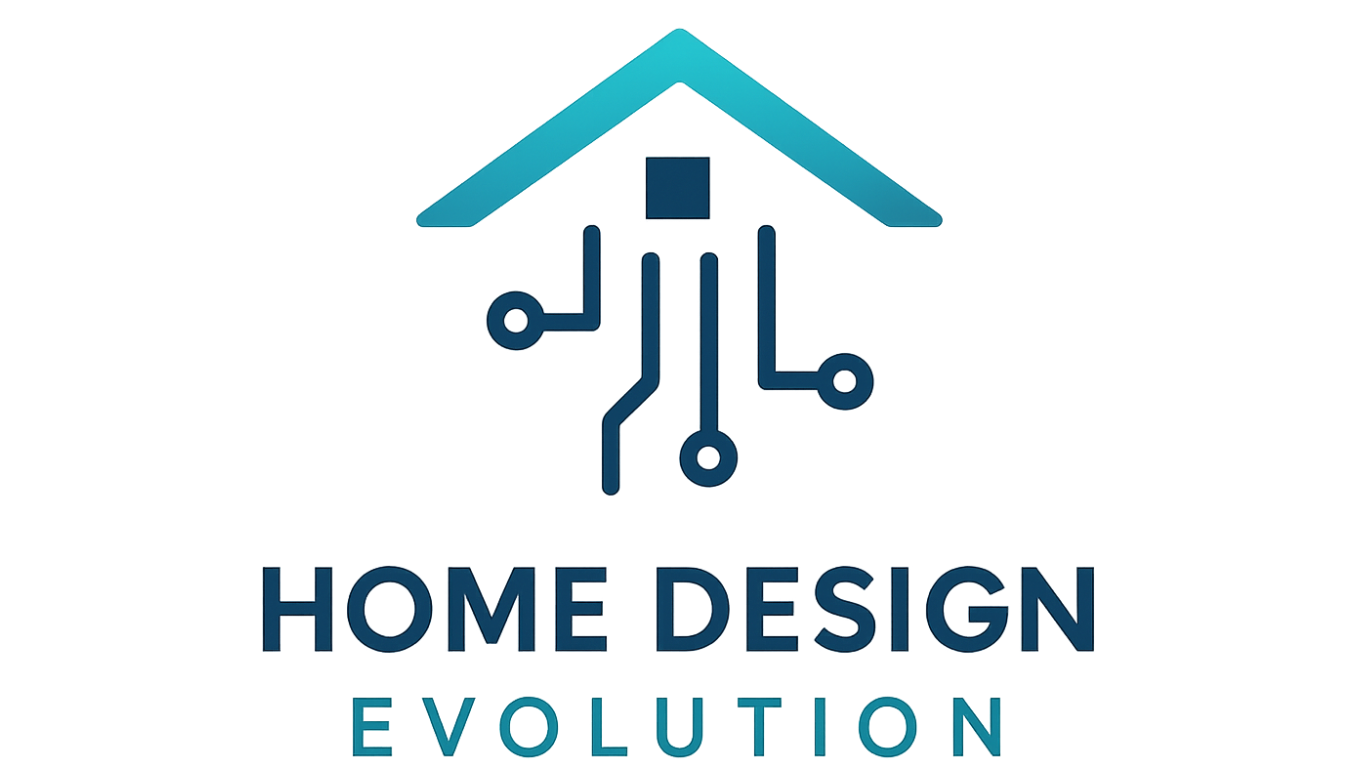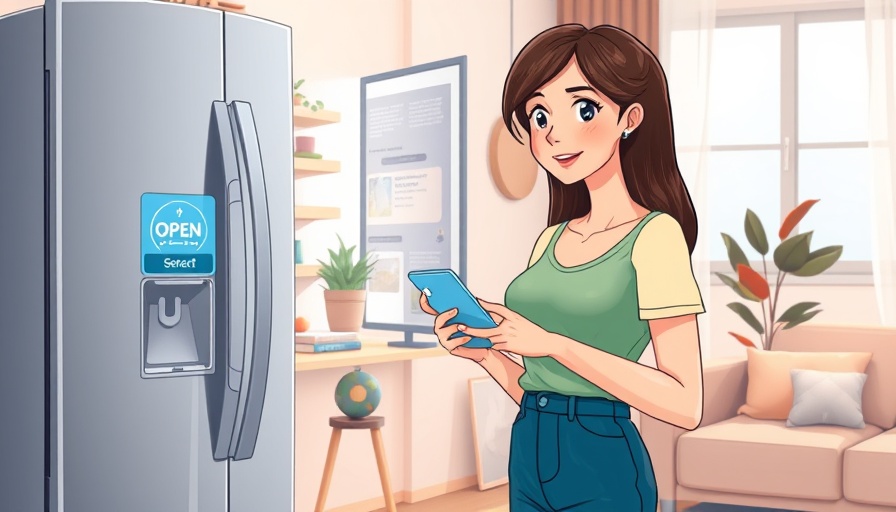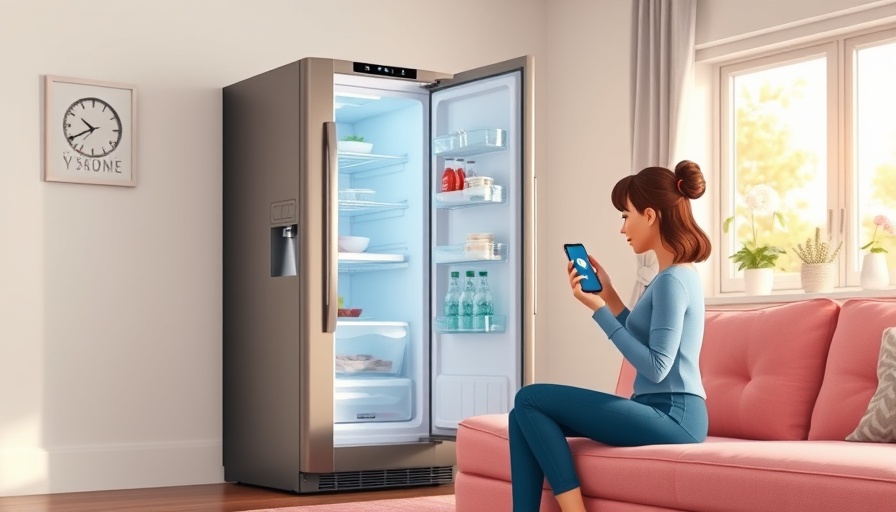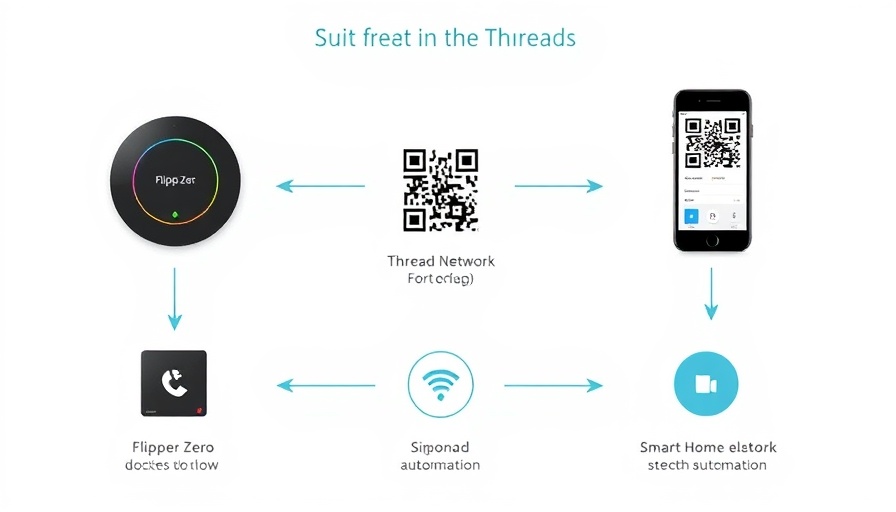
Bridging the Gap: DIY Solutions for Your Freezer Woes
In a world where convenience often blurs with the complexities of modern living, environmentally conscious homeowners are on a quest to harmonize technology with sustainability. This journey brings us to the story of Jeff, a dedicated DIY enthusiast who crafted a wireless freezer monitor, showcasing the clear advantages of home-built solutions over commercial offerings.
Why DIY Matters: The Insights Behind Jeff's Project
Ultimately, Jeff’s decision to build his custom freezer monitor stemmed from necessity—a gap in the market for reliable, effective, and simple temperature monitoring solutions. As many of us know, commercial freezer monitors often fall short, especially in challenging environments like a chest freezer. Freezers are notorious for being battery-hungry and can disrupt WiFi connectivity, leading to inaccurate monitoring and potentially spoiled food.
By using K-type thermocouples and a setup that integrates seamlessly with Home Assistant, Jeff not only created a device tailored to meet his specific needs but also eliminated the drawbacks of commercial products—namely, subscription fees or reliant cloud services. This DIY approach empowers homeowners, making technology work for them on their terms.
Embracing Sustainability: The Environmental Perspective
Your freezer likely contains hundreds of dollars' worth of food that you want to keep fresh, which directly ties into our environmental footprint. Reducing food wastage is critical for sustainable living. By investing time into crafting a DIY solution for monitoring food storage, you're not just improving your food preservation but also doing your part to minimize waste.
Research indicates that nearly 40% of the food in the United States goes uneaten each year—an alarming statistic that illustrates the need for better management of our food resources. Jeff's invention serves as an inspiring example of how practical solutions can lead to significant eco-friendly outcomes.
Innovation Meets Community: Collaborative Learning and Sharing
Jeff’s experience is a reminder of the collaborative spirit that exists within the DIY community. The sharing of knowledge, techniques, and suggestions—like using flat flex cables to maintain a seal on freezer doors—can enhance the effectiveness of home technology. These shared insights are invaluable because they help others overcome common challenges and make DIY projects more accessible and effective.
Additionally, the community aspect fosters a sense of belonging. It turns out that many enthusiasts face similar hurdles, sparking dialogues that result in creative fixes and innovations. Engage with fellow DIYers, share your projects, and learn from others to expand your understanding and capabilities even further.
Looking Ahead: The Future of DIY Monitoring Solutions
As technology evolves, the possibilities for home automation are practically limitless. Future innovations could include even smarter DIY monitoring devices—ones that harness machine learning or IoT capabilities to predict freezer failures before they happen. Picture a monitor that not only tracks temperature but sends alerts when it detects unusual patterns, enabling proactive measures to prevent spoilage.
The landscape of smart living continues to expand, and as these technologies become more accessible, expect to see them increasingly integrated into our homes. Solutions rooted in DIY principles will not only fill gaps left by commercial products but also cultivate community-driven solutions that prioritize sustainability and efficiency.
Take Action: Embrace Your DIY Spirit!
Ready to tackle your freezer-monitoring needs? Consider rolling up your sleeves and exploring simple DIY projects that are not only functional but can also transform your home. The rewards extend beyond convenience; you will gain knowledge, engage with a supportive community, and contribute positively to the environment. Don’t hesitate to share your journey and connect with fellow eco-conscious homeowners who are doing the same!
 Add Row
Add Row  Add
Add 



Write A Comment